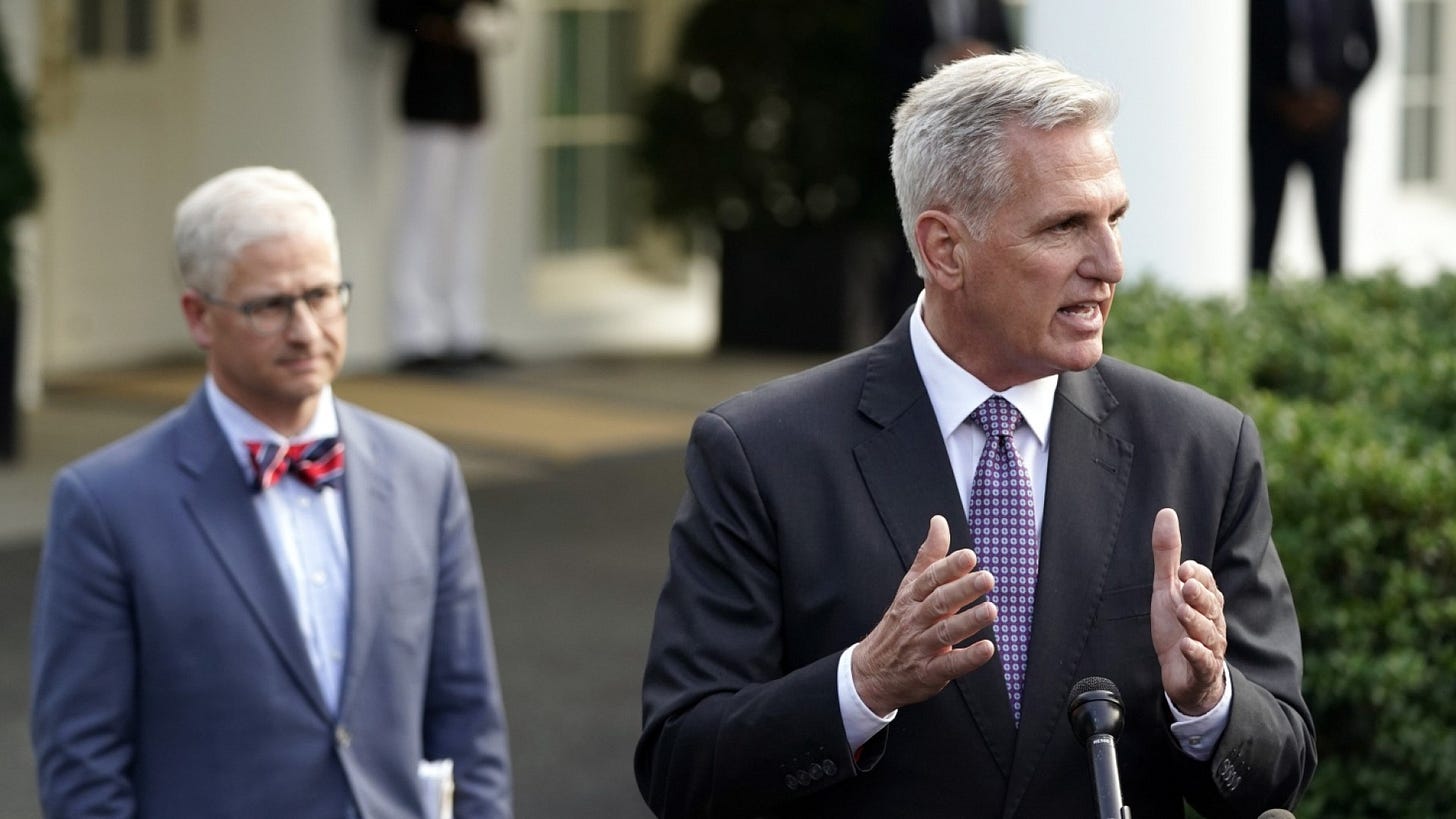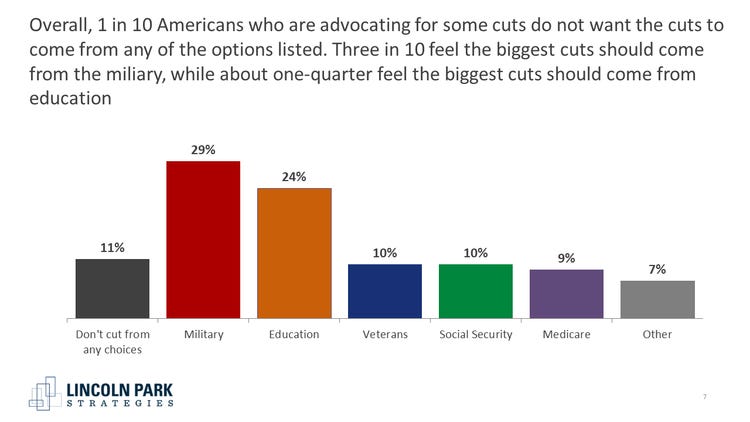One Week Before Hitting The Debt Ceiling, Politicians & the Public Agree on Little
LP Strategies: One thing that there is agreement on is that neither side has made great strides convincing the public that their approach is the best way as there has been little change in Americans’
We are about a week away from a default on the U.S. debt and it’s not just Washington that can’t agree on what to do. The American public also has very different ideas on what should happen. This month, just 22 percent of Americans feel we should increase the debt ceiling without conditions while 28 percent want it increased with some cuts. Another one in five Americans (20 percent) want the debt ceiling increased with major cuts and 12 percent do not want it increased at all. Nearly 1 in 5 (17 percent) don’t have a stated opinion.
One thing that there is agreement on is that neither side has made great strides in convincing the public that their approach is the best way as there has been little change in Americans’ views since early April.
Unsurprisingly, demographics and political allegiance have a large effect on Americans’ views towards raising the debt ceiling. Indeed, Americans 65 and older are over 9 points more likely to want the debt ceiling increased with no conditions than those under 65. A third of younger Americans want it increased with some cuts and another third do not want it increased at all (three times more than their elders). The largest difference comes from Biden versus Trump voters as two-thirds of Biden voters want the debt ceiling increased with a few or no cuts while just 35 percent of Trump voters say the same. Trump voters are more than twice as likely as Biden voters to want it increased with major cuts and one in five do not want it increased at all (just 6 percent of Biden voters don’t want to see it increased). Further breaking down Trump voters, those who are vaccinated against COVID-19 are 19 points more likely to support a clean bill or small cuts compared to those who are not vaccinated. A quarter of non-vaccinated Trump voters do not want the debt ceiling increased at all.
Similar to leaders in Washington, Americans who want to see cuts to spending in order to raise the debt ceiling do not have a clear consensus of where the cuts should come from.
On average, Americans think 18 percent of the cuts should come from military spending and with 15 percent coming from education. Society Security and Medicare should make up about a quarter of the cuts according to Americans who think there should be cuts with another 11 percent coming from veterans’ benefits. Overall, Americans think a third of the cuts should come from other places. Trump voters who want cuts think that nearly half should come from “other” places while Biden voters who want cuts want to see them more evenly distributed with 21 percent coming from military spending. Following a similar pattern, younger Americans want the cuts evenly distributed while older Americans think a majority of the cuts should come from other sources.
Overall, Americans think a third of the cuts should come from other places. Trump voters who want cuts think that nearly half should come from “other” places while Biden voters who want cuts want to see them more evenly distributed with 21 percent coming from military spending. Following a similar pattern, younger Americans want the cuts evenly distributed while older Americans think a majority of the cuts should come from other sources.
One in ten Americans who want to see cuts do not want any cuts from the military, education, veterans’ benefits, Social Security, or Medicare. Three in ten think the military should receive the biggest cuts while another quarter think education should face the steepest cuts.
Americans who want to see cuts have similar opinions when it comes to how much the military and education should be cut, but when it comes to veterans’ benefits, a majority of Americans who want cuts think veterans’ benefits should be cut by 11-20 percent. A third don’t think it should be cut at all.
Additionally, a third of Americans who want cuts do not think the cuts should come from Social Security or Medicare, but a majority think there should be 1-20 percent of cuts from each.
Leaders in Washington still seem to be nowhere near agreement of how to move forward with raising the debt ceiling. But at the very least, no matter what they end up being able to pass, no one is going to be happy about it, especially Republican voters.












